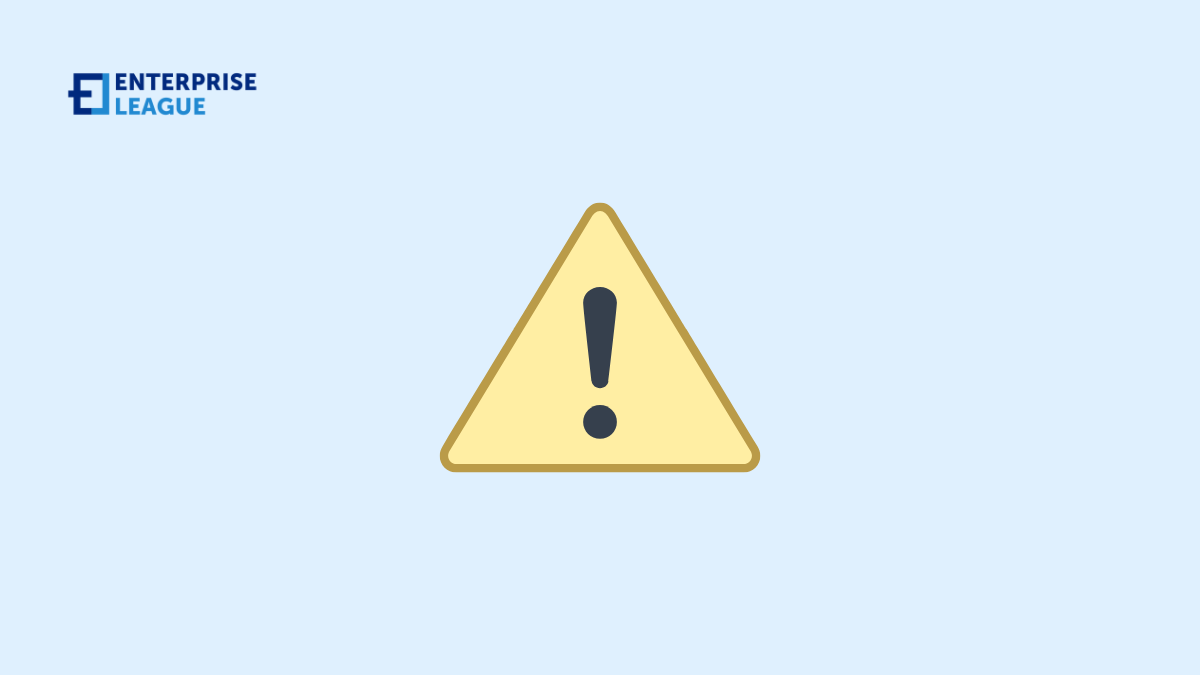As a business owner, leader, security expert, or project manager, you are already aware that the business environment has changed in past decades. Cyber attacks and other risks are more frequent and severe compared to the last three decades. You’re probably working hard to cushion your business from threats — that’s why developing a risk register is key to your business success.
What is a risk register?
You probably have heard about a risk register but haven’t paid close attention. This could be why your projects have derailed or you’re not earning revenues as anticipated.
A risk register, also known as a risk log, is an information repository that organizations use to create, document, and track risks that may occur and impact the company. Each risk identified is recorded in a risk register, including a risk description, the likelihood of its occurrence, its possible effects on business, how the risk ranks against other relevant threats, the response in place, and the personnel responsible for mitigating it when it occurs.
Like many other elements in a business, a risk log is an essential aspect of risk management. Risk management is not an event but an ongoing process throughout your project or business lifespan. At any time, you must remain abreast of any risk to your business, and a risk register saves you lengthy processes and financial costs involved in reactionary risk management. Undoubtedly, it’s key to implementing proactive risk management.
Although the content of a risk register may differ depending on the company type and project scope, it is essential in the planning and execution of every business project.
Why your business needs a risk register
Each company needs a risk register to determine specific risks and mitigations. A risk register is your database for various threats your business is exposed to. The register enables you to identify all possible risks and rank them in order of importance, that is, the probability of each risk to occur as well as the potential impact on your business.
A risk register gives you a good starting point when beginning a project. Here, all stakeholders come together and identify risks that could disrupt a project. Doing this helps you remain focused on important elements of the projects while being ready to mitigate any threat to your business proactively.
How to start creating a risk register
Developing a risk register can be daunting when you’re inexperienced in project management. However, it’s a must-have tool in your business. Here are the essential steps for creating one:
Identifying risks
Gather all necessary stakeholders to brainstorm on possible risks. Each department has different functions and threats — therefore, it can identify possible risks associated. Involve everyone at the departmental level to bring out all important factors.
Describing project risks
Once all potential risks are identified, you need to get a description of each risk. You need to understand how, where, and when each risk can occur. But keep it simple — having vague descriptions may hinder your team from understanding their manifestation. The description is followed by assigning leadership roles and ownership for each risk described.
Estimating risk impact
Assess every aspect of each risk likely to affect your business, and develop a robust risk management plan to deal with the risk. Remember to analyze the competitors and location to identify the possibility and the impact of a risk when it occurs to others.
Creating a risk response plan
Accord the necessary effort, resources, and time in developing your risk register. You must be thorough but not vague, keep it short and to the point, and conduct thorough research to take the right action in case it occurs. It’s important to have more than one approach in place.
Also, document response plans for all risks identified and analyzed, accompanied by your implementation strategies.
Prioritize the risks
Some risks to your business or project have a lower impact, while others can have catastrophic effects when they occur. This makes it ideal to decide which ones to prioritize, relegate, and ignore.
You can create a column on your register detailing risk levels as either high, medium, or low. This way, you’ll have an easier time assessing chances of occurrence and assigning resources to each.
Conclusion
A risk register is an essential tool for any organization to assess financial, enterprise, IT, and project management risks. Of course, predicting or anticipating every threat to your business or project is impossible.
But with a risk register in place, you prepare your business to respond efficiently when threats to your project become potential hindrances to realizing your objectives.
More must-read stories from Enterprise League:
- Implement a CRM strategy for your business using this guide.
- Wondering what to do when a client doesn’t pay? Read this.
- Here is how to be a good boss: 12 tips from experts.
- Get entertained and educated with these 20 best business movies.
- 17 warning signs of a terrible boss that everyone should be aware of.
Related Articles
5 essential time management skills for busy professionals seeking healthier eating habits
Wrong time managing can often be a burden to start taking care of your health, that’s why we will share few time management skills for busy professionals.
How Webflow development can transform your business
Webflow is a powerful platform that empowers businesses of all sizes to create stunning, custom websites without coding that drive growth and achieve success.
How GPS transforms field service management process
In this article, we will explore the top advantages of implementing GPS tracking in field service management software and the benefits it brings to the table
5 essential time management skills for busy professionals seeking healthier eating habits
Wrong time managing can often be a burden to start taking care of your health, that’s why we will share few time management skills for busy professionals.
How Webflow development can transform your business
Webflow is a powerful platform that empowers businesses of all sizes to create stunning, custom websites without coding that drive growth and achieve success.






